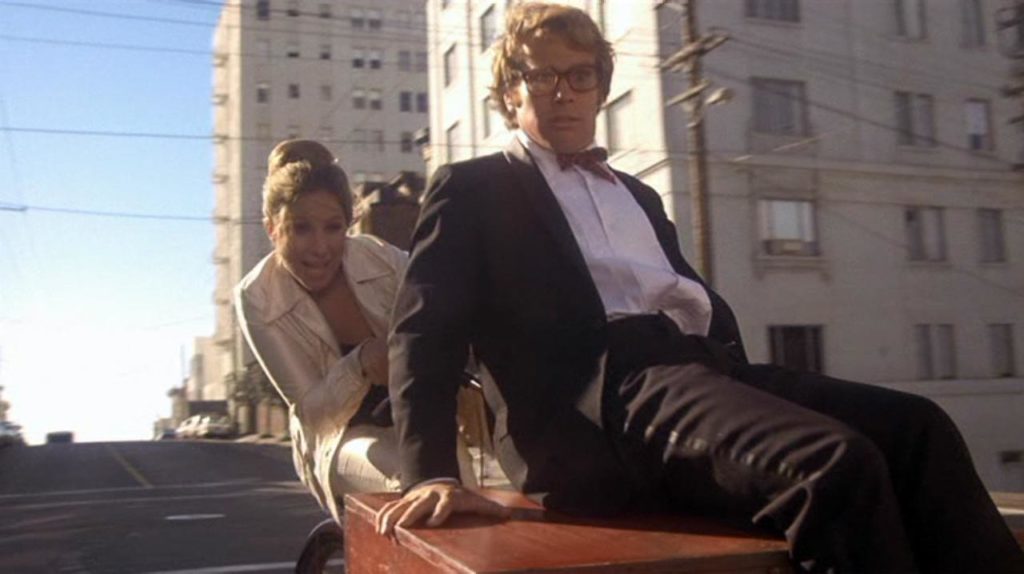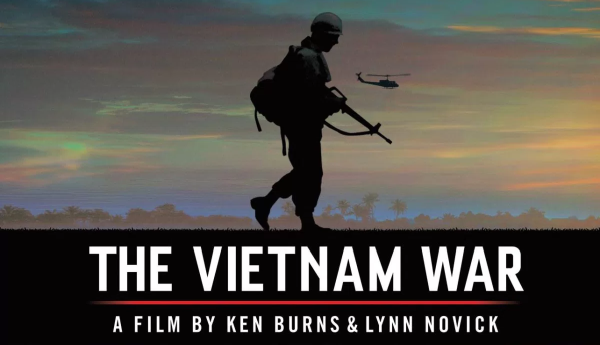The new PBS documentary by Ken Burns and Lynn Novick, The Vietnam War, is one of the best documentaries of the century and a superb history lesson, crucial to understand the America of today. It’s a Must See for Baby Boomers. For different reasons, it’s a Must See for Americans of later generations. The ten episodes of The Vietnam War can be streamed from PBS through October 15.
Your best chance to see an Oscar-winner is at the Mill Valley Film Festival, now underway at several Marin locations. The MVFF always previews many of the most promising prestige films that are scheduled for release during Award Season.
In theaters now, there is the often funny and stealthily profound Lucky. Here’s my remembrance of its star, Harry Dean Stanton.
Sure to be near the end of its theatrical run, you can still catch the contemporary Western thriller Wind River, which has mystery, explosive action, wild scenery and some great acting, especially by Jeremy Renner and Gil Birmingham.
My DVD/Stream of the Week is the compelling and affecting Short Term 12, set in a foster care facility and starring Brie Larson as kind of a Troubled Kid Whisperer. Short Term 12 is available on DVD from Netflix and streaming from Netflix Instant, Amazon, iTunes, Vudu, YouTube, GooglePlay and Xbox Video. It was high on my Best Movies of 2013.
On October 15, Turner Classic Movies presents Diabolique. The headmaster of a provincial boarding school is so cruel, even sadistic, that everyone wants him dead, especially his wife and his mistress. When he goes missing, the police drain the murky pool where the killers dumped the body…and the killers get a big surprise. Now the suspense from director Henri-Georges Clouzot (often tagged as the French Hitchcock) really starts.
And TCM offers something completely different on October 16, the delightful Peter Bogdanovich screwball comedy What’s Up, Doc? The nerdy academic Howard (Ryan O’Neal) and his continually aggrieved fiance Eunice (Madeline Kahn) travel to San Francisco to compete for a career-launching grant. The luggage with Howard’s great discovery (musical rocks) is mixed up with two identical suitcases, one containing valuable jewelry, the other with spy secrets, and soon we have juggling MacGuffins.
That’s all funny enough, but Howard bumps into Judy (Barbra Streisand), the kookiest serial college dropout in America, who determines that she must have him and utterly disrupts his life. Our hero’s ruthless rival for the grant is hilariously played by Kenneth Mars (the Nazi playwright in The Producers). Austin Pendleton is wonderful as the would-be benefactor.
The EXTENDED closing chase scene is among the very funniest in movie history – right up there with the best of Buster Keaton; Streisand and O’Neal lead an ever-growing cavalcade of pursuers through the hills of San Francisco, at one point crashing the Chinese New Year’s Day parade. I love What’s Up, Doc? and own the DVD, and I watch every time I stumble across it on TV. Boganovich’s hero Howard Hawks, the master of the screwball comedy, would have been proud.


